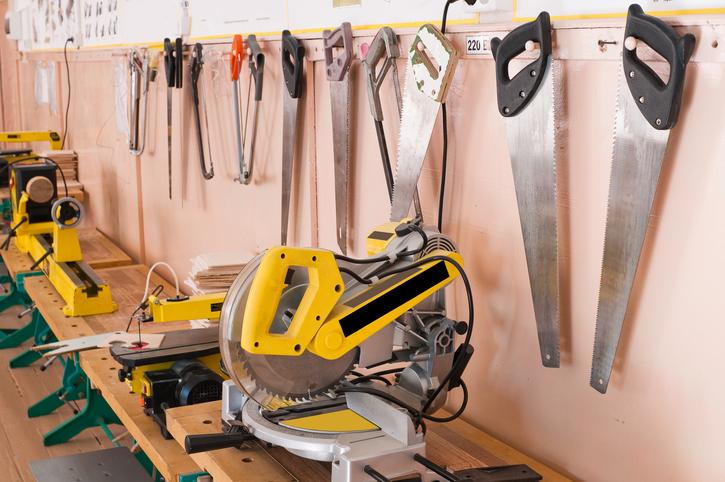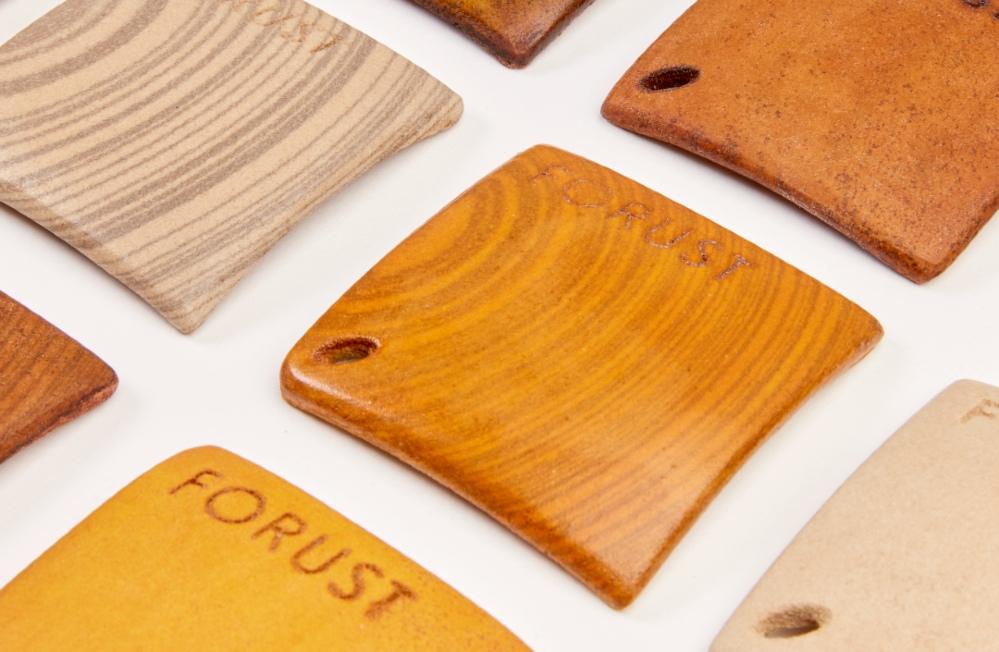- FMA
- The Fabricator
- FABTECH
- Canadian Metalworking
Our Publications
Categories
- Additive Manufacturing
- Aluminum Welding
- Arc Welding
- Assembly and Joining
- Automation and Robotics
- Bending and Forming
- Consumables
- Cutting and Weld Prep
- Electric Vehicles
- En Español
- Finishing
- Hydroforming
- Laser Cutting
- Laser Welding
- Machining
- Manufacturing Software
- Materials Handling
- Metals/Materials
- Oxyfuel Cutting
- Plasma Cutting
- Power Tools
- Punching and Other Holemaking
- Roll Forming
- Safety
- Sawing
- Shearing
- Shop Management
- Testing and Measuring
- Tube and Pipe Fabrication
- Tube and Pipe Production
- Waterjet Cutting
Industry Directory
Webcasts
Podcasts
FAB 40
Advertise
Subscribe
Account Login
Search
Will a new 3D printing process end high school wood shop as we know it?
Binder-jet printing technology is being used to additively manufacture wood objects
- By Kip Hanson
- June 29, 2021
The miter saws have gone quiet. The lathes, shapers, and drill presses are gathering dust in some forgotten storeroom. The jointers and planers have become nothing more than historical references in an online textbook.
In this future classroom, banks of 3D printers quietly toil on various student projects. Bobby’s building a pair of teak garden gnomes for his Dad’s birthday. Sam’s working on a bamboo housing for his Xbox game controller. Kristina started on a rosewood Pokémon chess set, then switched to Star Wars after her build crashed.
Thanks to the clever people behind Forust—a process launched by 3D printer builder Desktop Metal—high school wood shop may never be the same. The Forust team has figured out a way to apply the speed, precision, and quality of binder-jet 3D printing to the production of strong, lightweight wood components.
And unlike particle-board or laminate products, the process is used to print a wooden part with a digital grain that flows throughout the entire part. It can be sanded or finished other ways. The system’s software has the ability to digitally reproduce nearly any wood grain, including rosewood, ash, zebrine, ebony, and mahogany. End products are printed from two wood waste streams: sawdust and lignin.
Who knows, maybe, just maybe, wood shop will enjoy a renaissance because of 3D printing.
Additive manufacturing teaches all manner of skills, however, no matter what you’re printing. Product development, material properties, software simulation, design for manufacturing, automation—these beat the heck out of learning the best way to hold a wood chisel.
Don’t get me wrong. I think everyone should know how to use a saw and which end of a hammer to grab. I also think that cabinetry and similar machine trades provide rewarding, good-paying jobs to a lot of hard-working people.
But I know that 3D printing is quickly becoming a central technology of U.S. manufacturing, and that we as a nation must embrace it in all its forms if we’re to stay ahead of the curve. If teaching kids how to print wood—or plastic and metal, for that matter—helps us move in that direction, so much the better.
As for my personal feelings about wood shop, I say good riddance. I was never much of a woodworker.
About the Author

Kip Hanson
About the Publication
- Podcasting
- Podcast:
- The Fabricator Podcast
- Published:
- 04/16/2024
- Running Time:
- 63:29
In this episode of The Fabricator Podcast, Caleb Chamberlain, co-founder and CEO of OSH Cut, discusses his company’s...
- Trending Articles
- Industry Events
16th Annual Safety Conference
- April 30 - May 1, 2024
- Elgin,
Pipe and Tube Conference
- May 21 - 22, 2024
- Omaha, NE
World-Class Roll Forming Workshop
- June 5 - 6, 2024
- Louisville, KY
Advanced Laser Application Workshop
- June 25 - 27, 2024
- Novi, MI




























